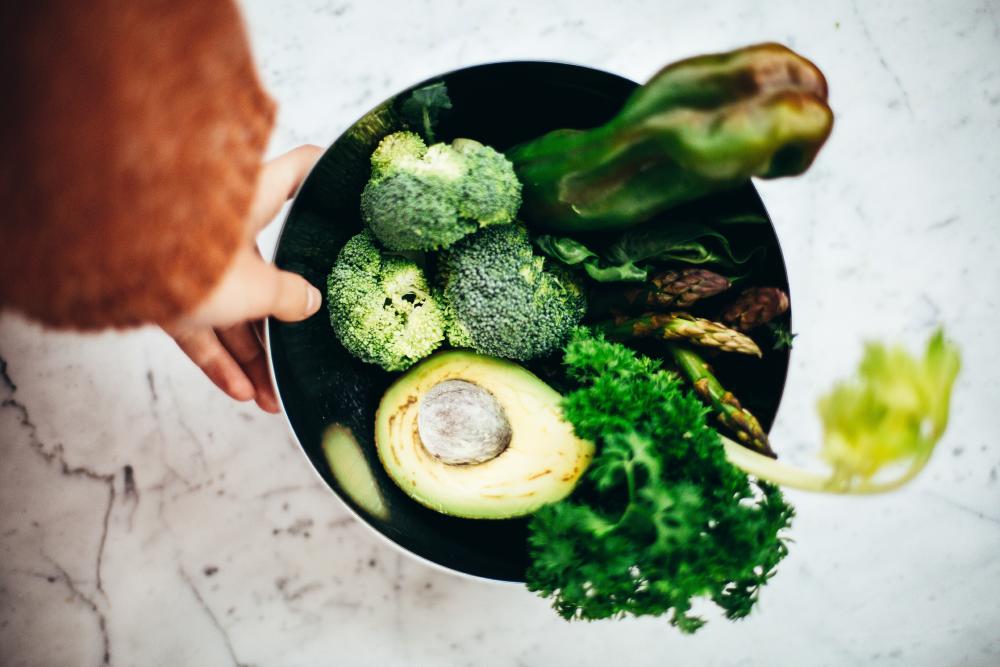
Food Waste is a real problem that has a big place in climate change. It is a very profound problem with its roots in the excess production of food. Even though it sounds irreparable, there is a way to contribute from our homes, and that is by integrating into our day-to-day life a key player: Food Scraps. So let me show you great ideas and recipes on how to use them.
Let's first talk a little about what is food waste and how important it is. So, we are always talking about waste, how to reduce it, how to recycle it, and how to stop it. And when we think about reducing waste, we think about plastic and other residues. But have you ever heard about food waste? if not, don't worry it's not that #trending. Is it food loss or food waste? The difference is based on the stage of the food chain in which it occurs.
According to the FCRN (Food Climate Research Network) Food Loss is the decrease in edible food mass throughout the part of the supply chain that specifically leads to edible food for human consumption, so this happens during production, post-harvest, and processing stages- i.e. before it even gets to the store. On the other hand, Food Waste occurs in the final stage of the food chain, when the food is already at the store or in our homes.
Here is how it works. Food waste is basically food that is not eaten. From that old bag of cookies you have deep in your pantry to a whole crop of soybeans that didn't arrive at its destiny on time. It occurs in every step of the food system, which means it can happen during production, processing, distribution, retail, and consumption (📍you are here). And that is why food scraps are a great tool for you to have.
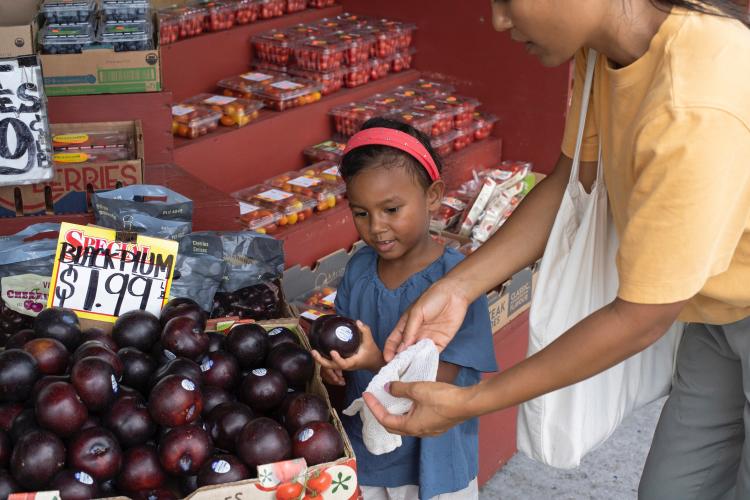
As I said before, food waste is a major player in climate change, and here is why:
Surplus food (food that is produced but never eaten) requires a big amount of resources. Basically, food goes through the entire process of growing, harvesting, transporting, cooling, cooking, or preparing just to be discarded. And we all know this is a big waste of energy. Plus it contributes to climate change. The total volume of water used each year to produce food that is lost or wasted is 250km3 is equivalent to the annual flow of Russia's Volga River, or three times the volume of Lake Geneva. Similarly, 1.4 billion hectares of land - 28 percent of the world's agricultural area - is used annually to produce food that is lost or wasted.
According to FAO, if food wastage were a country (talking about the Greenhouse emissions levels) it would be the third-largest emitting country in the world. Once the food gets settled in landfills it decomposes without oxygen. This is a phenomenon scientists call anaerobic digestion. It creates methane gas. If you thought carbon dioxide was good at trapping heat, methane gas kicks its butt. It is 25 times more effective at trapping heat than CO2, resulting in warming up our planet.
Okay, cool. Now that we know the basics we can go ahead and attack the problem. As always, the best problem is the one that doesn't exist so here are a few tips and tricks to reduce your food waste.
If you are interested in Food Waste, you should check out our post on Simple Steps Towards a Zero Food Waste.
We all know some of these things are hard to achieve, and most of the time we end up with a lot of food scraps even though we try our best to avoid them. So I propose you focus on your food scraps and try to make some amazing things from them.
Let's get started. We´ll be covering veggies, fruits, and meats.
You know what I'm about to say, right?
Mmmm, yup vegetable broth is the best thing for you to make from food scraps! This is an item that always comes in handy. Want to make a risotto? you will need some veggie broth, craving soup? veggie broth, making some chili? we all know it tastes better with homemade broth.
So there you go, before putting your food scraps in the trash bin or in your compost, put it all in a pot, and I´m saying everything. From little bits of celery to the ends of onions to corn cobs.
Everything! Toss it in a pan with heavily salted water and let it simmer for 20 minutes. Wait till it cools down and store it in the freezer. Here are some directions for you:
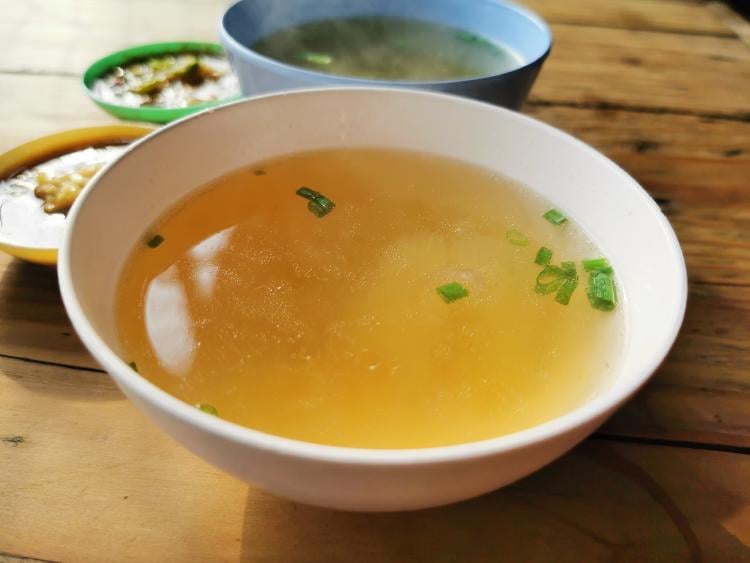
That was super easy, right? Let's see what else we can do with our food scraps!

Who here actually leaves the potato skin on while cooking? Most of us (including me) leave the potato skin out and just eat the inside, but! You have no idea what you can do whit them. Some people avoid eating the skins of any non-organic product, but if you feel comfortable eating them this recipe is for you.
This is a kind of recipe you can do on the go, is super simple, and it's a great snack. If you have kids, they'll love it.
In my household, this is the biggest food scrap group we have. You can use them for a variety of things, but let's check out my favorites.
You knew you can do your own vinegar? That's tight and it is actually very simple. The all-time favorite, apple vinegar, is very easy to make, but other fruits such as pears or oranges also work.
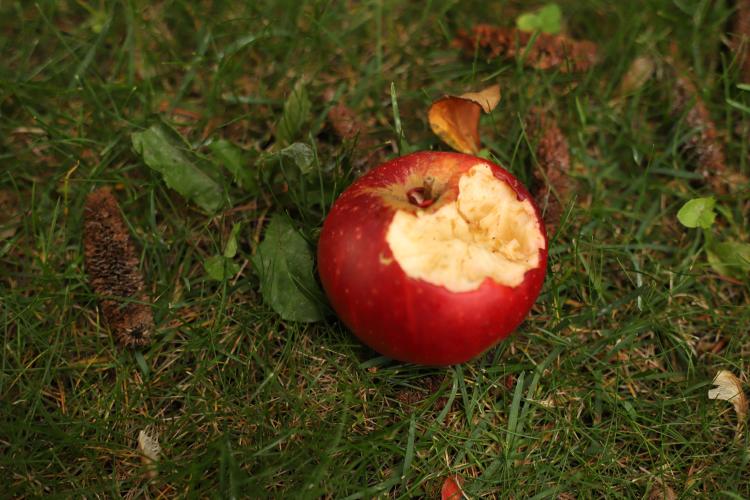
This won't take more than 5 days, and you'll see how good it is with a salad.
Have you ever been to a restaurant where they serve you vitamin water? Well, it is just water with some kind of fruit in it, maybe some cucumbers but nothing else!
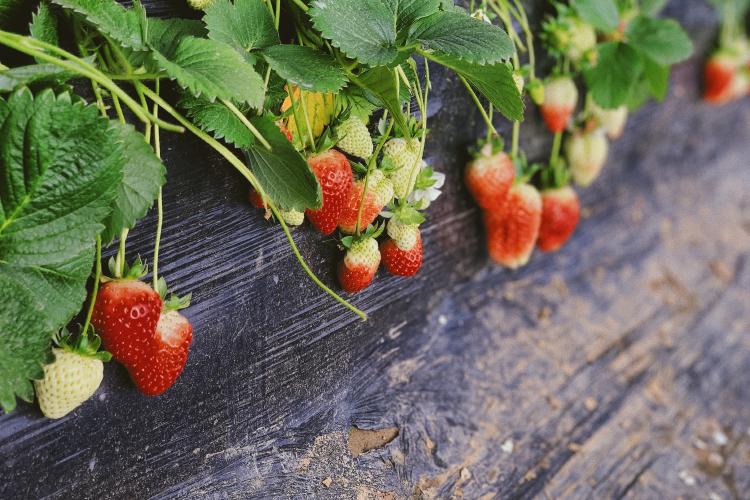
You need to save the leafy parts of the strawberry,
Directions:
Now you can treat your family and friends with a nice cold beverage made entirely with food scraps.
There are a few options for your meat scraps. The first that comes to mind is a broth of course. You can follow the veggie scraps broth procedure and just add the meat.
Also, another great way to use it is by making a meat scrap chili. Maybe the bones and the fatty part of the stake do not look too appealing on your plate. But if you put them in a pot filled with veggies, beans, and delicious spices you won't even notice that they are there (or you will because they will make everything richer and tastier).
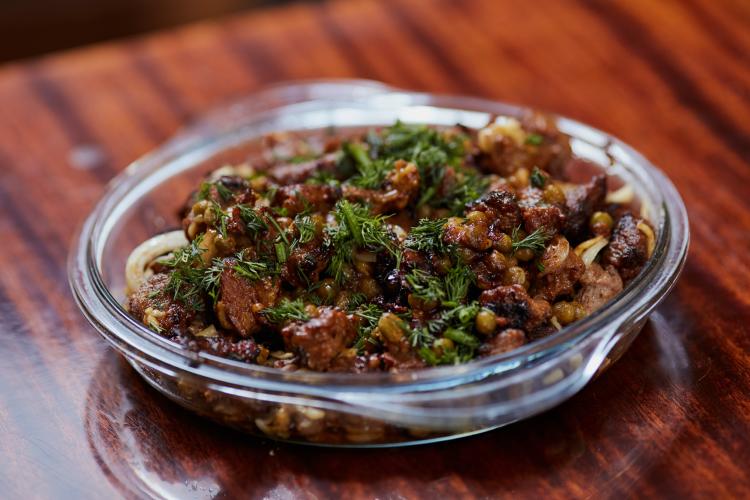
See? You don't need to make complicated stuff or recipes to actually enjoy food scraps. This zero-waste trend is getting bigger!
Let me know if you try any of this recipes!
You may be interested at: What Can I Compost? A Complete List of Things You Can Compost